
views
Oven Cooking
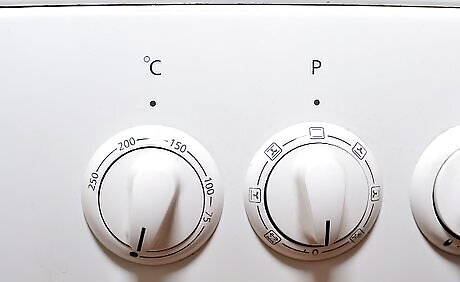
Pre-heat your oven to 325 to 350 degrees Fahrenheit (163 to 177 degrees Celsius). According to the US Department of Agriculture Food Safety and Inspection Service, you should not cook at less than 325 °F (163 °C).
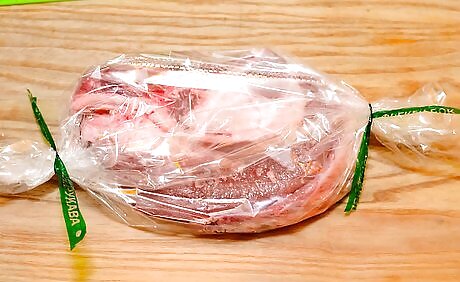
Place the beef brisket inside a bag, if desired. You can cook the corned beef similar to how you cook a turkey, in order to seal in the juices. If you are using a bag, you should add 1 tbsp. of flour to the bag and shake it around before adding the brisket. Place the bagged corned beef brisket on a cooking sheet.
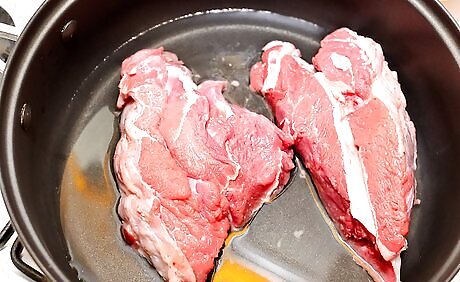
Opt to cook the brisket in a roasting pan. Roasting the brisket with some water will give you more chances to check for doneness, although some of the natural juices will escape with the dry heat. Always cook with the fat side up. Fill the lower pan with water. It should cover approximately 1 inch (2.5cm) of the bottom of the brisket. Adding water will improve the moisture of the meat. Cover the roasting pan. If you do not have a cover, you can use foil to keep the moisture inside.

Set a timer for proper roasting times. The following instructions should help you ensure the corned beef will be done in time for dinner. If you are using a bag, cook for 2.5 to 3 hours for a 2 to 3 lb (0.9 to 1.4kg) brisket. Cook for 3.5 hours for a 3.5 to 5 lb (1.6 to 2.3kg) brisket. If you are using the roasting pan method, cook for 1 hour per lb. (0.5kg) of meat.
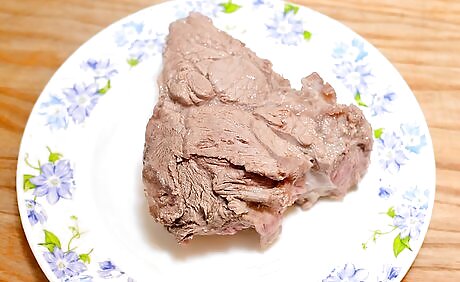
Remove the brisket from the oven when the timer beeps. Set it on the stovetop and remove it from the bag, if necessary.
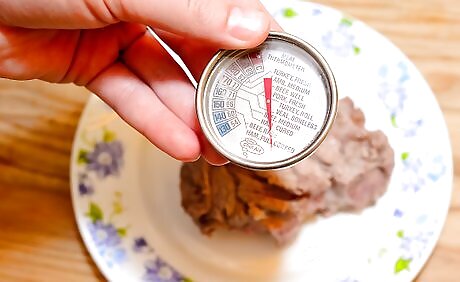
Insert your meat thermometer into the center of the brisket. If the internal temperature has reached 145 degrees Fahrenheit (63 degrees Celsius), you can remove it from the heat source and serve it. Aim for an internal temperature between 145 and 160 degrees Fahrenheit (63 to 71 degrees Celsius).
Stovetop Boiling

Place the brisket inside a large pot on the stovetop. Cover it with water.
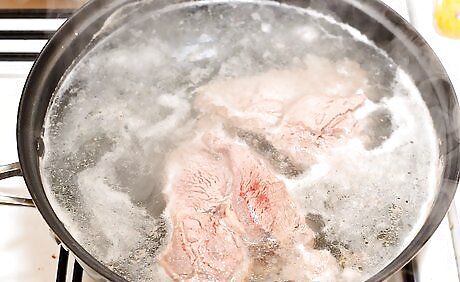
Bring the water to a boil, then turn it down to medium-low or low heat to allow it to simmer. Place the lid on the pot right when you turn it down.
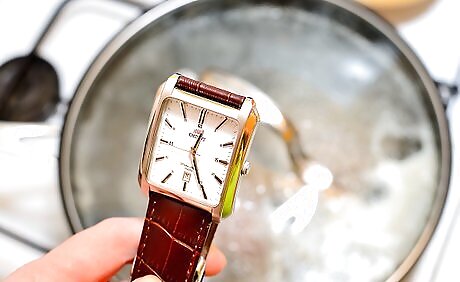
Set your timer to boil the meat for 1 hour per lb (0.5kg) of brisket. This is often referred to as the traditional method of cooking corned beef.
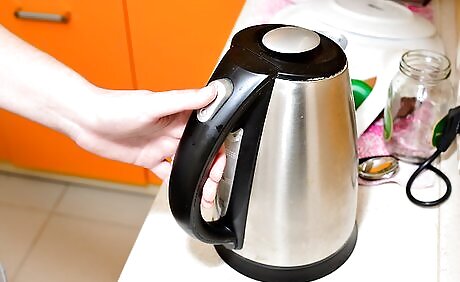
Keep a kettle of boiled water nearby. After a few hours of cooking, tip 1 side of the lid up to check that the water is still covering the brisket. Add 1 cup (237ml) of boiled water to the top of the pot, if the water is getting low. Check the meat 1 to 2 times to ensure you keep water levels high. This will replace water that is lost through steam.
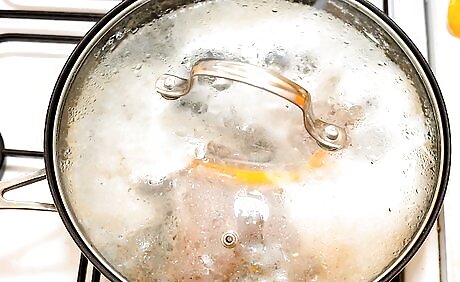
Avoid checking the corned beef too often. Every time you remove the lid, you will extend the cooking time slightly.
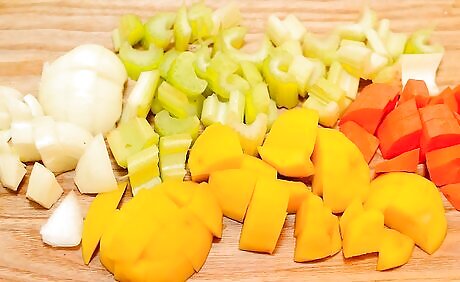
Do not add vegetables until the last 30 minutes of cooking.
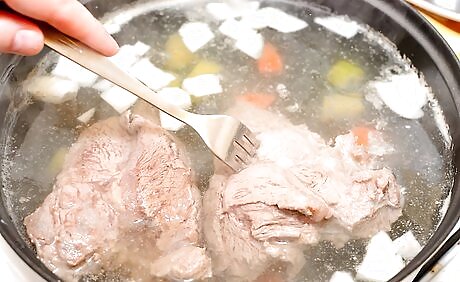
Remove the lid when the timer beeps. Test the meat with a fork. If it is fork-tender it is most likely done.
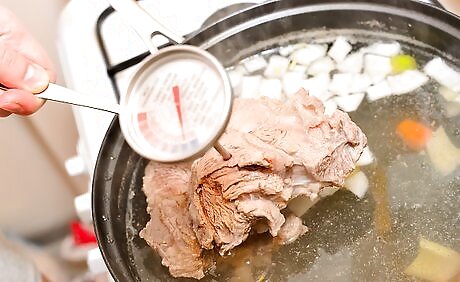
Drain the meat and vegetables. Insert a meat thermometer into the center of the brisket. If the thermometer reads 145 degrees Fahrenheit (63 degrees Celsius), it is cooked.
Slow Cooking
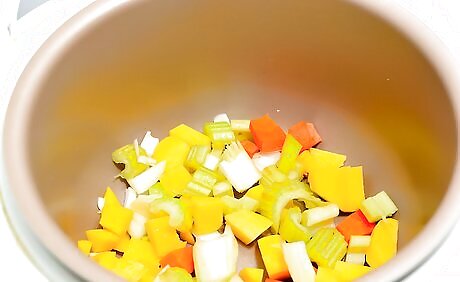
Place root vegetables at the bottom of the slow cooker at the beginning, if you are using this method. You can add cabbage during the last 30 minutes.
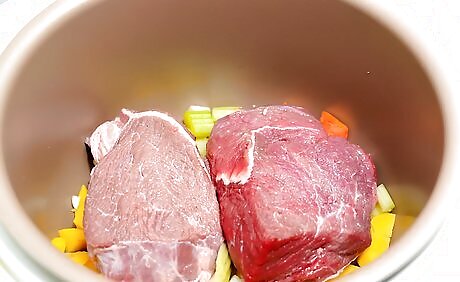
Add your brisket to the slow cooker. Add just enough water to cover it. You will not need to add extra water during the cooking process with this method.
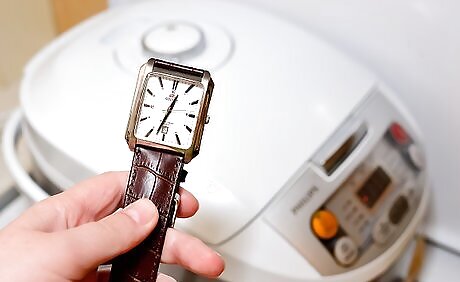
Cook on the high setting for 1 hour.

Turn down the heat to the low setting. Cook for 10 to 12 hours on low. You can choose to cook it for an additional 5 to 6 hours on high, if you want to cook it faster. Slow cookers vary greatly between models. If you know that the low setting on your slow cooker cooks fairly hot, you may want to reduce the cooking time by 2 hours. Older slow cookers tend to cook at a lower temperature than newer models.
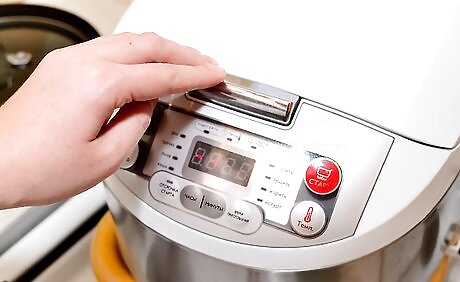
Do not remove the cover of the slow cooker until the last 45 minutes of cooking. It takes a long time for the slow cooker to reach the same temperature. Each time you open the cooker before that point, you should add 20 to 30 minutes of cooking time.
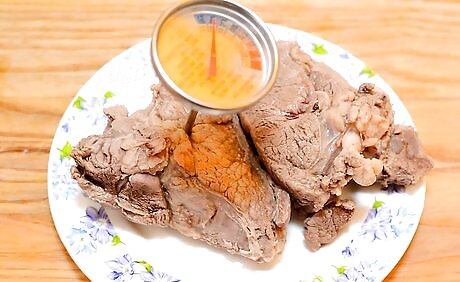
Remove the lid and insert a meat thermometer to ensure the internal temperature is at least 145 degrees Fahrenheit (63 degrees Celsius). You can also insert a fork to test if it is done. It should be very tender.












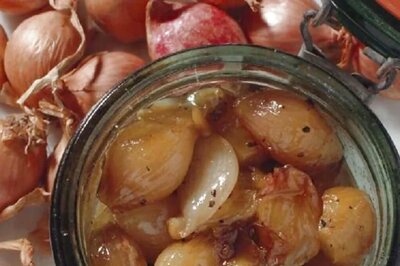



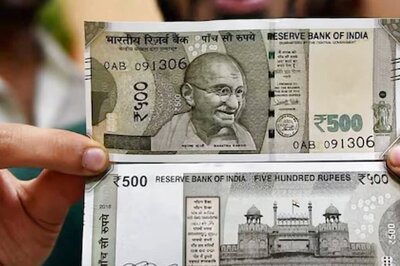



Comments
0 comment